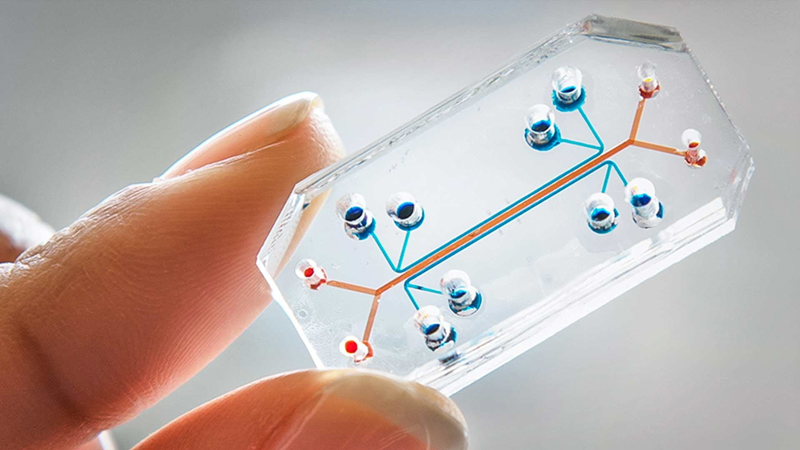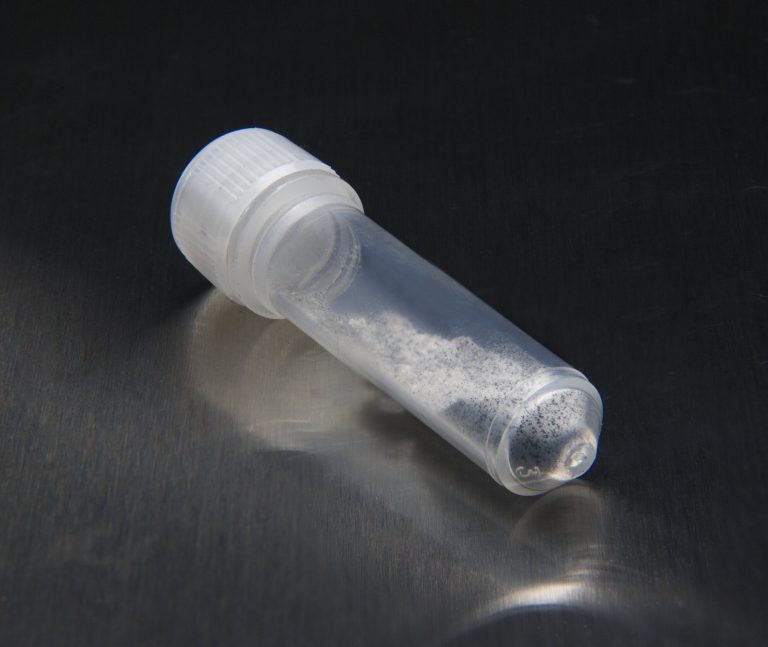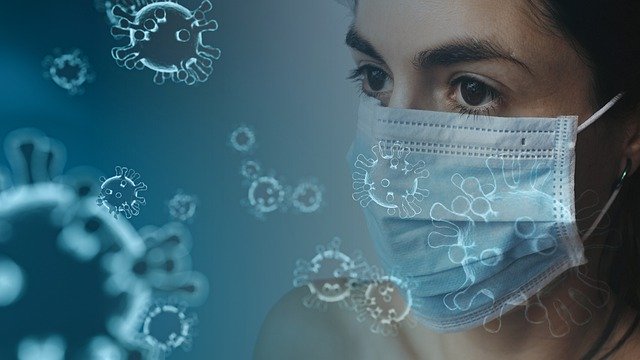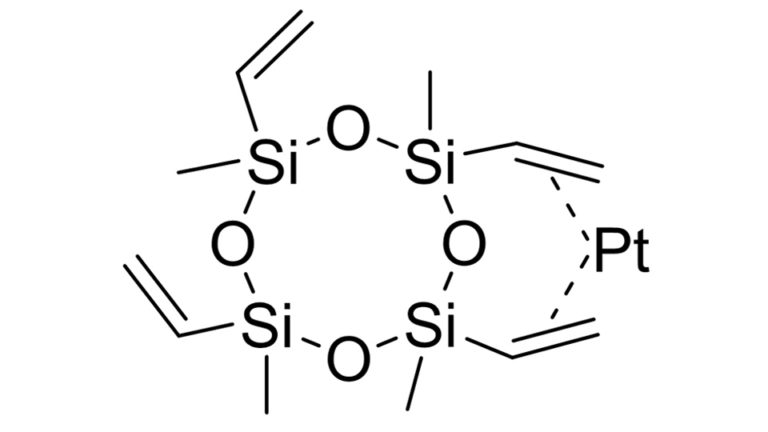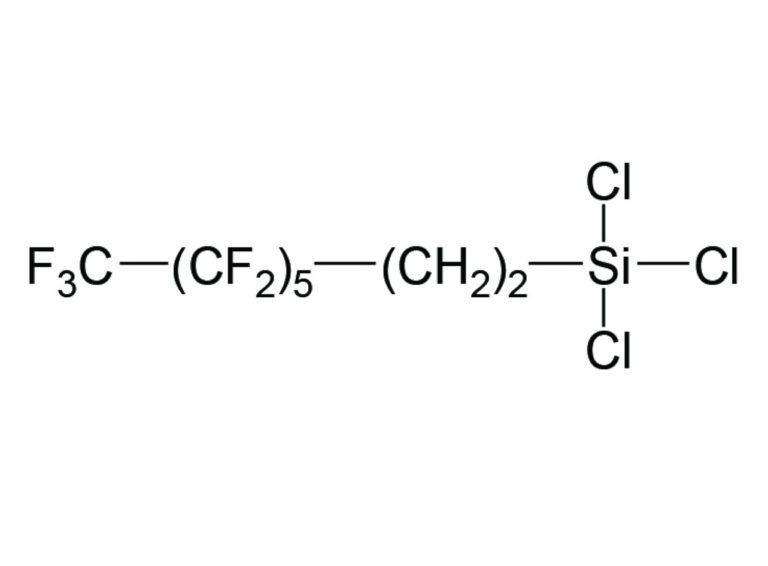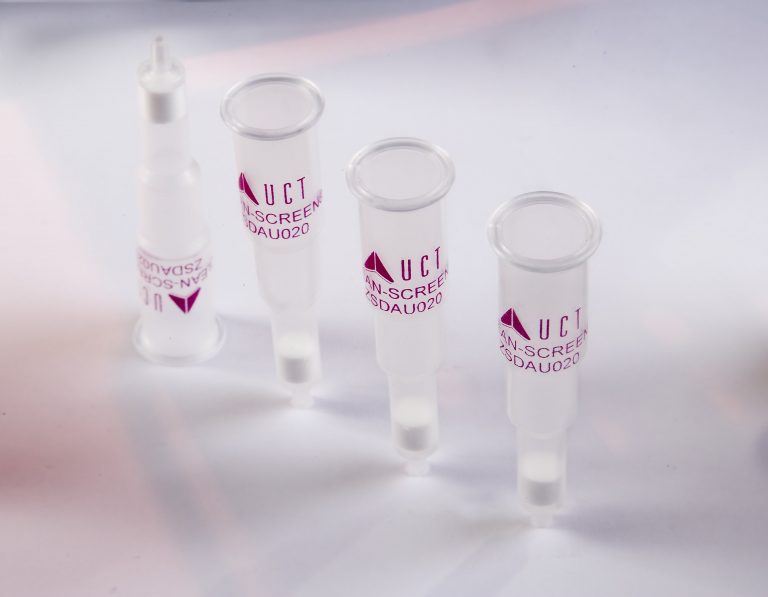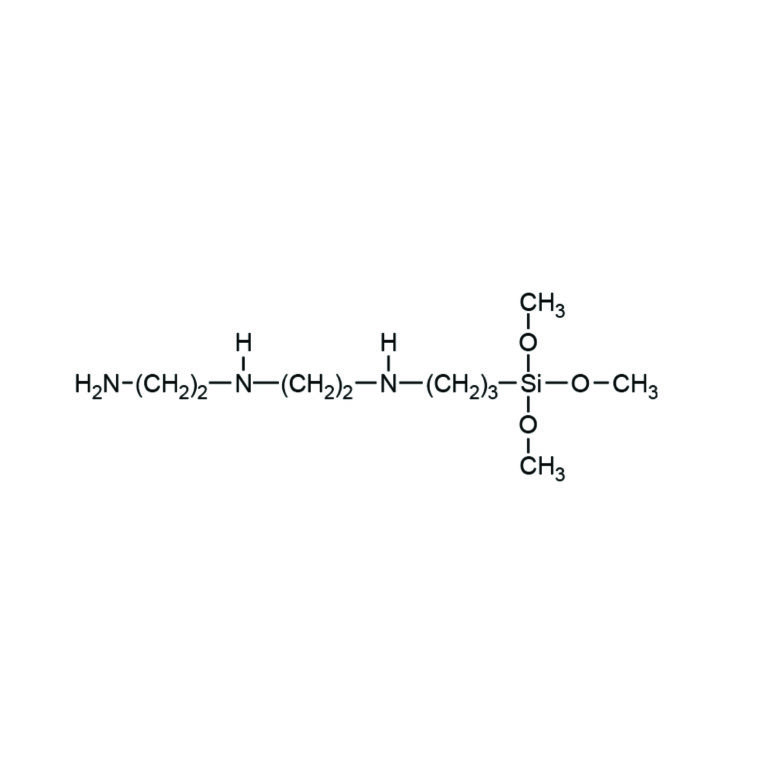UCT Silane Cited in Organ-On-Chip Article
The ventricular myocardium of the human heart is composed of an anisotropic tissue structure that allows for force generation and contraction to pump blood throughout the body. It has long been established that the collagen-rich, fibrous, extracellular matrix environment guides the formation of this laminar tissue architecture. The structural and mechanical properties of the cardiac microenvironment such as shape, elastic modulus, and rigidity alter cardiac calcium transient dynamics, electrophysiology, and contractile force generation.
Organ-on-chip platforms aim to improve preclinical models for organ-level responses to novel drug compounds. Heart-on-a-chip assays in particular require tissue engineering techniques that rely on labor-intensive photolithographic fabrication or resolution-limited 3D printing of micro-patterned substrates, which limits turnover and flexibility of prototyping. In a recent paper authored by Janna C. Nawroth et al., published in Biofabrication ( Biofabrication ((2018) 10 025004), UCT’s silane chemicals were used for soft lithography fabrication of stamps for micro-molding hydrogels. The authors developed a rapid and automated method for large scale on-demand micro-patterning of gelatin hydrogels for organ-on-chip applications using a novel biocompatible laser-etching approach.
The method involved a fast and automated micro-patterning is achieved via photosensitization of gelatin using riboflavin-5′phosphate followed by UV laser mediated photoablation of the gel surface in user-defined patterns only limited by the resolution of the 15 μm wide laser focal point. In using this photo-patterning approach, a microscale surface groove and pillar structures with feature dimensions on the order of 10–30 μm were generated. The standard deviation of feature height was 0.3 μm, demonstrating robustness and reproducibility. Importantly, the UV-patterning process is non-destructive and does not alter gelatin micromechanical properties. Furthermore, as a quality control step, UV-patterned heart chip substrates were seeded with rat or human cardiac myocytes.
The authors verified that the resulting cardiac tissues achieved structural organization, contractile function, and long-term viability comparable to manually patterned gelatin substrates. From start-to-finish, UV-patterning shortened the time required to design and manufacture micro-patterned gelatin substrates for heart-on-chip applications by up to 60% compared to traditional lithography-based approaches, providing an important technological advance enroute to automated and continuous manufacturing of organ-on-chips.
This article shows that when research scientists working on the cutting edge of medical technology modeling require the finest of silanes, they turn to UCT as their point of contact. For more information regarding UCT’s silanes and specialty chemicals visit https://specialties.unitedchem.com/

